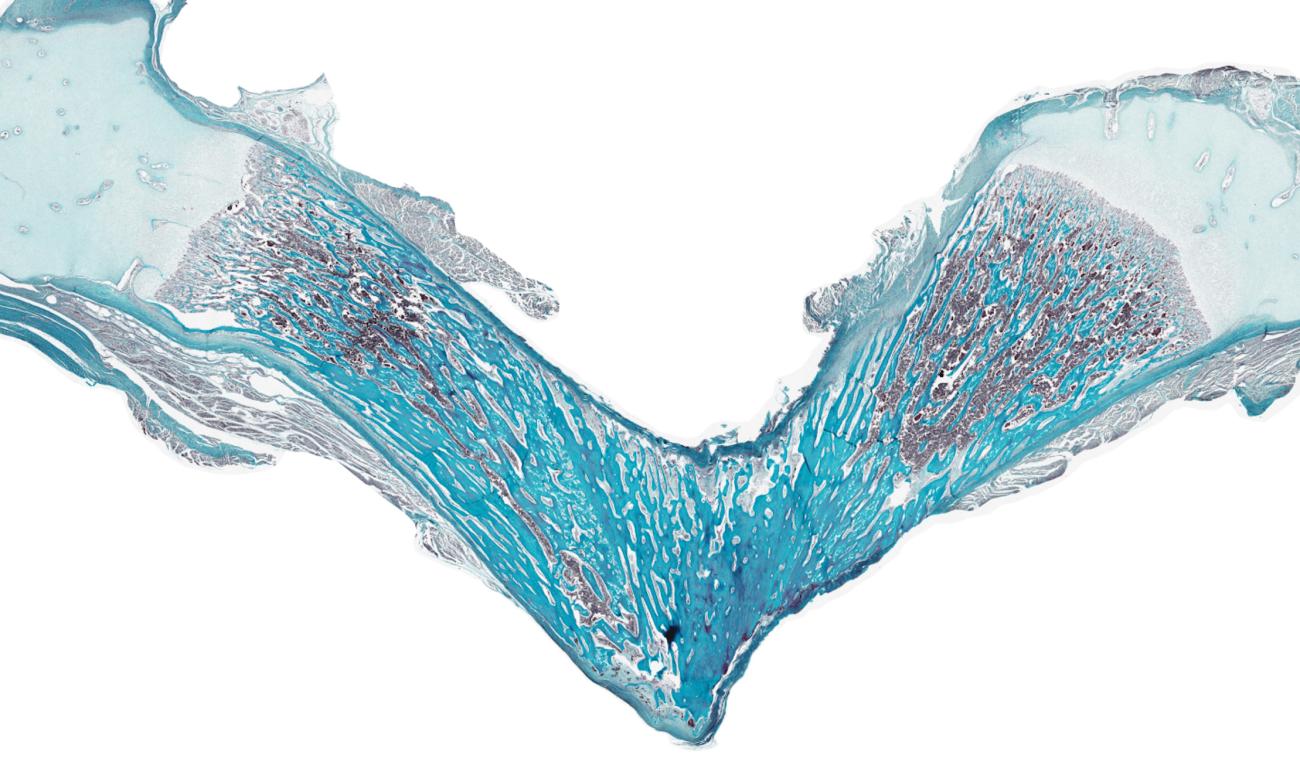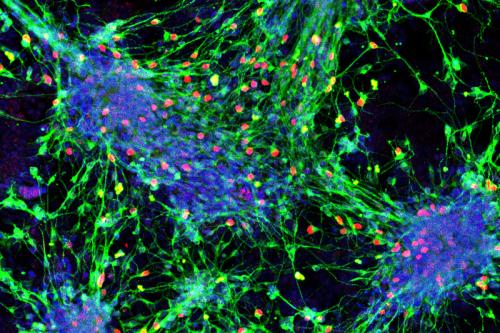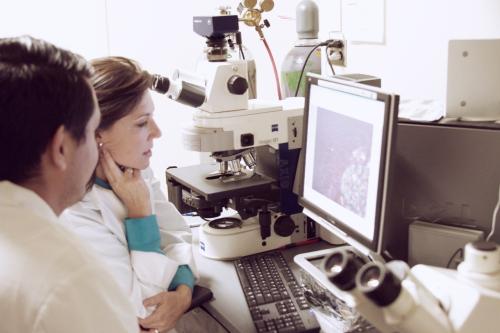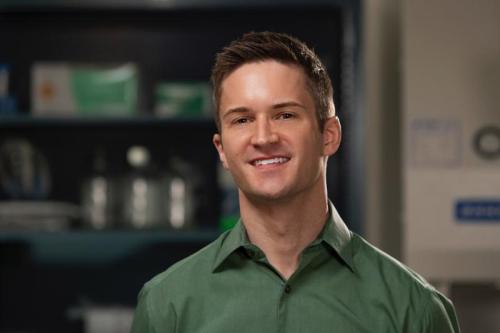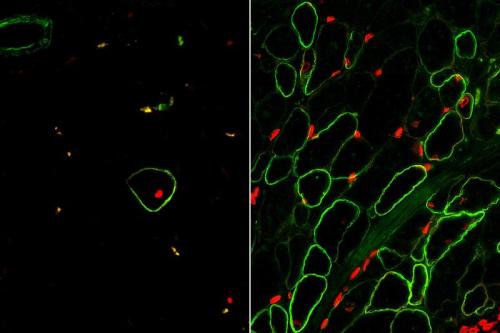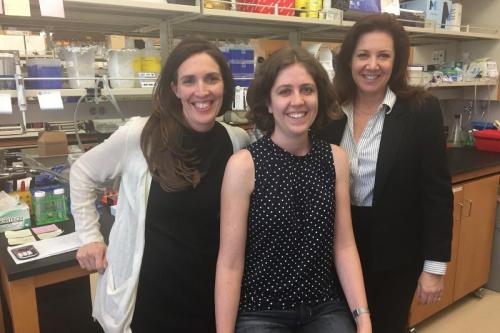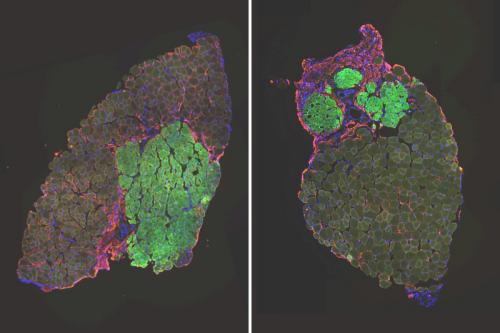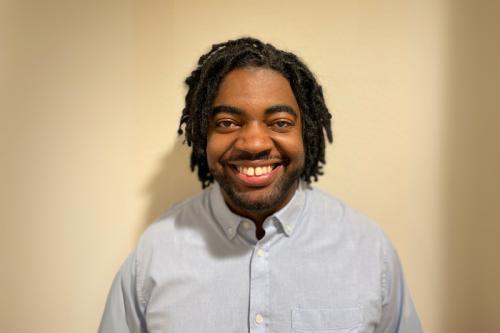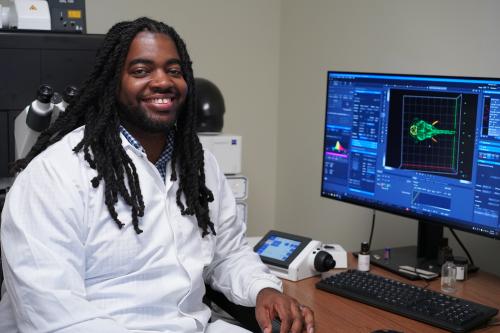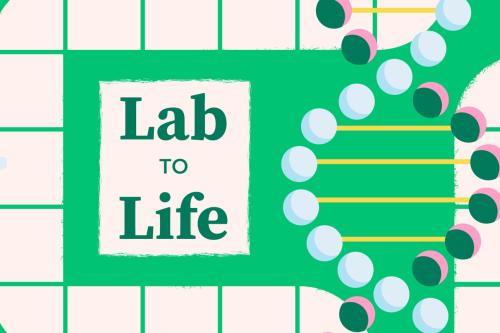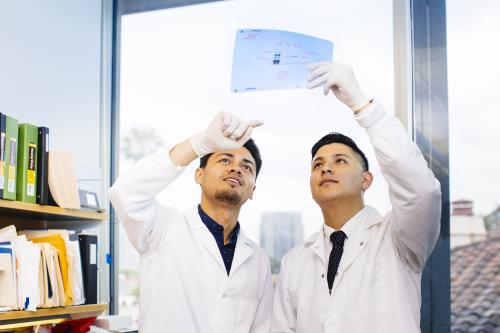
Bone & Muscle Diseases & Injuries

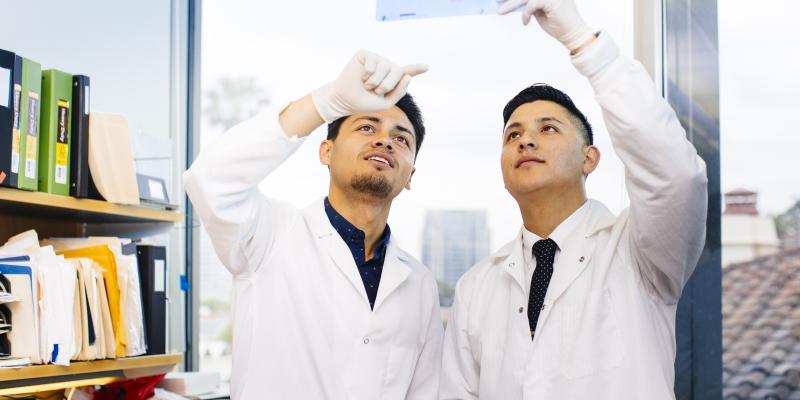
Overview
Musculoskeletal disorders and injuries affect bones, muscles, joints and connective tissues. They can lead to pain and loss of function and are typically characterized by limitations in mobility and dexterity, which greatly impact people’s quality of life and ability to work. Our scientists are using stem cells Cells that have the ability to differentiate into multiple types of cells and make an unlimited number of copies of themselves. stem cells Cells that have the ability to differentiate into multiple types of cells and make an unlimited number of copies of themselves. to develop cell replacement and gene editing A type of gene therapy that works by delivering genetic material that can directly edit pieces of DNA within a cell. This changes the instructions the DNA encodes for, which ultimately results in an increase or decrease in the production of a certain protein and the restoration of proper cell function. gene editing A type of gene therapy that works by delivering genetic material that can directly edit pieces of DNA within a cell. This changes the instructions the DNA encodes for, which ultimately results in an increase or decrease in the production of a certain protein and the restoration of proper cell function. therapies to regenerate damaged bones and muscles and — in some cases — prevent this damage from occurring. This includes correcting the genetic defects that cause muscular dystrophies like Duchenne and rejuvenating aging muscle stem cells. By pursuing strategies to keep stem cells functionally young, researchers are inching closer to developing therapies for seniors that allow for speedier and less challenging recovery from bone fractures or muscle injuries.
Center investigators have developed an immunotherapy A type of treatment that uses the body's own immune system to fight cancer, infections and other diseases. This approach has revolutionized cancer care and is also being applied in experimental treatments for HIV, lupus and other conditions. immunotherapy A type of treatment that uses the body's own immune system to fight cancer, infections and other diseases. This approach has revolutionized cancer care and is also being applied in experimental treatments for HIV, lupus and other conditions. to treat metastatic sarcoma, a group of notoriously hard-to-treat cancers that occur in the bones and connective tissue, such as fat and muscle. They’ve also engineered a bone-building drug that, when administered in mice aboard the International Space Station, has prevented the bone loss that commonly occurs during long-duration space travel. The success of this study not only points to a promising therapy for astronauts, but also for patients on Earth who experience bone loss due to aging and conditions like osteoporosis.
Our Goals
- Identify methods to make old muscle stem cells Cells that have the ability to differentiate into multiple types of cells and make an unlimited number of copies of themselves. stem cells Cells that have the ability to differentiate into multiple types of cells and make an unlimited number of copies of themselves. behave like young muscle stem cells to improve the body’s ability to recover from injury as we age
- Develop nanotechnology-enabled gene editing A type of gene therapy that works by delivering genetic material that can directly edit pieces of DNA within a cell. This changes the instructions the DNA encodes for, which ultimately results in an increase or decrease in the production of a certain protein and the restoration of proper cell function. gene editing A type of gene therapy that works by delivering genetic material that can directly edit pieces of DNA within a cell. This changes the instructions the DNA encodes for, which ultimately results in an increase or decrease in the production of a certain protein and the restoration of proper cell function. strategies to correct the mutation that causes Duchenne muscular dystrophy and restore muscle function in patients with this condition
- Develop a bone-building drug to mitigate extreme bone loss from long-duration space travel, as well as the loss of bone density associated with osteoporosis and aging
- Identify methods to reduce scarring in the extracellular matrix surrounding muscles, which could make stem cell therapies for muscular dystrophies more effective
- Design small molecule drugs to treat muscular dystrophies and associated heart disease
- Develop methods to generate skeletal muscle stem cells in a dish from human pluripotent stem cells Stem cells that can undergo self-renewal and differentiation to become any cell type found in the body. The two major types used in research are embryonic stem cells and induced pluripotent stem cells. pluripotent stem cells Stem cells that can undergo self-renewal and differentiation to become any cell type found in the body. The two major types used in research are embryonic stem cells and induced pluripotent stem cells. for use in cell therapies for muscular dystrophies, severe muscle injuries and age-related muscle loss
- Understand the origins and dysfunction of embryonic progenitors at cranial sutures to develop new therapies and interventions for patients with congenital anomalies
Research Highlights
A roadmap for restoring sensation
Center researchers develop a blueprint for turning stem cells into sensory interneurons — an important step toward cell therapies that restore sensations like touch, pain and itch in people with spinal cord injuries.
Gene therapies for neuromuscular disorders
Center investigators are developing a novel tool to improve gene therapies for neuromuscular conditions such as Duchenne muscular dystrophy and Walker-Warburg syndrome.
Novel treatment for advanced sarcomas
UCLA physician-scientists launch a Phase 1 clinical trial of a stem cell immunotherapy for metastatic sarcoma.
From stem cells to skeletal muscle
Center members pave the way for the creation of a stem cell replacement therapy for Duchenne muscular dystrophy by generating skeletal muscle cells from human pluripotent stem cells.
Stem cell gene therapy for muscular dystrophy
Our scientists develop a stem cell gene therapy using CRISPR/Cas9 technology that could one day be used to treat Duchenne muscular dystrophy, the most common fatal childhood genetic disease.
Rejuvenating old muscle stem cells
UCLA-led study identifies a way to make old muscle stem cells behave like young muscle stem cells, which could help improve the body’s ability to recover from injury as people age.
